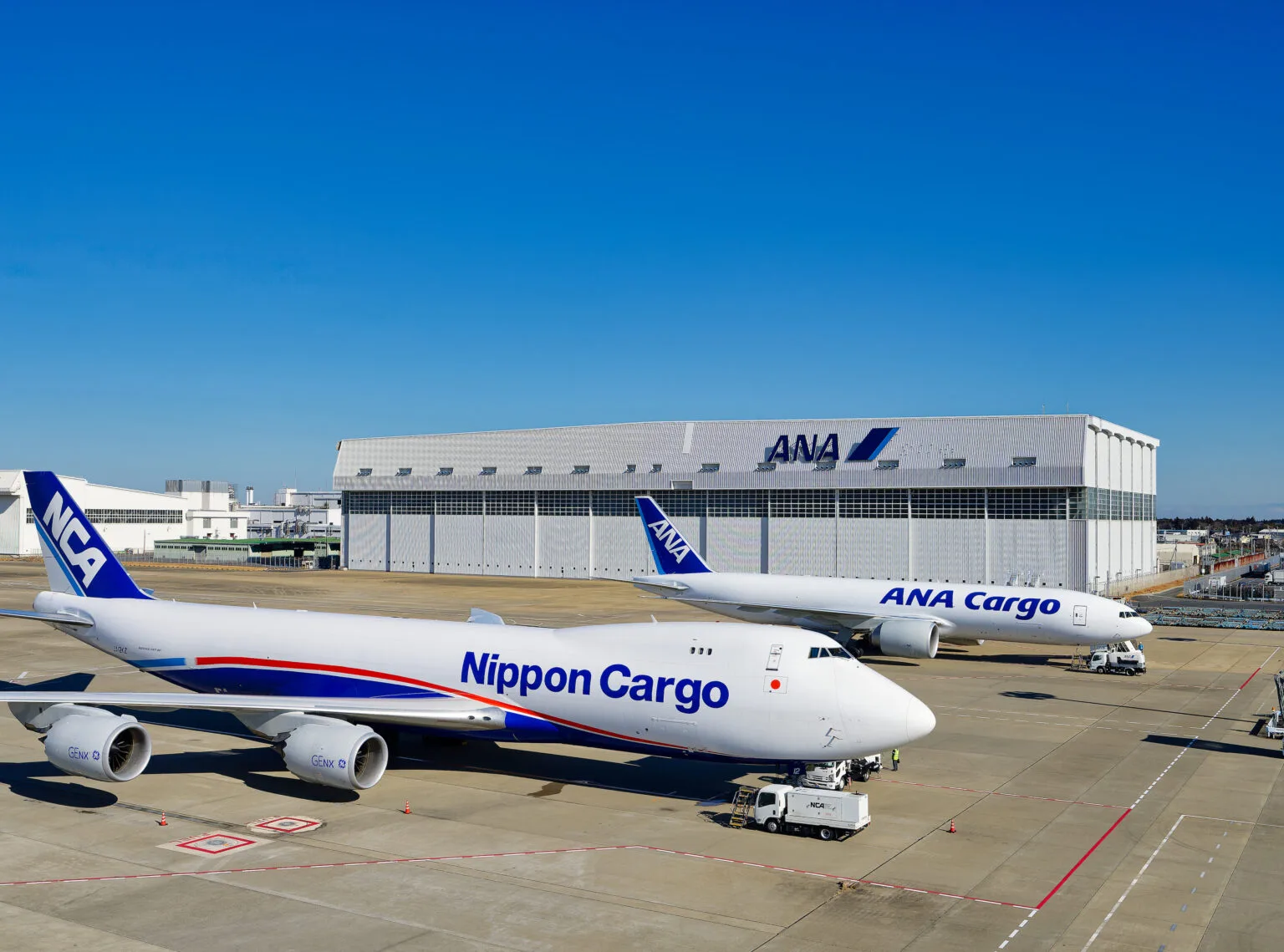The Big Move in Air Cargo: ANA Holdings Takes Over NCA
In the world of airfreight, significant shifts can ripple through the entire logistics chain, affecting everything from shipment speed to global freight availability. The recent acquisition of Nippon Cargo Airlines (NCA) by ANA Holdings stands as a prime example of such a shift, sparking a fresh wave of speculation and analysis across the industry.
Turning the Gears of the Airfreight Sector
The purchase is more than just a change in ownership—it’s a realignment of strategic interests in Japan’s cargo logistics market. ANA Holdings, already a significant player in passenger and cargo transport, is now reinforcing its foothold by integrating NCA’s operations. This means combining fleets, routes, and expertise under a single umbrella that aims for greater efficiency.
From a logistics standpoint, this consolidation could streamline cargo forwarding, enhancing delivery schedules and improving global dispatch reliability. With both companies pooling resources, shippers can expect smoother pallet and container handling, which ultimately benefits freight movers looking for dependable service providers.
Potential Effects on Shipment Handling and Distribution
Integrating the cargo fleets of ANA Holdings and NCA potentially means better optimized routes and increased cargo capacity. This could result in faster transit times for international shipments and more options for bulky goods transportation across global markets. Such synergy often improves the overall freight forwarding landscape by minimizing delays often caused by fragmented operations.
Moreover, consolidation paves the way for cost efficiencies in haulage and reduces unnecessary duplication of services, something logistics managers always have their eyes on. This kind of scale can also encourage investments in freight tech innovations, shaping the future of automated and smart cargo handling.
Tulevaisuuden haasteet ja mahdollisuudet
But it’s not all smooth sailing. Integrating two large air cargo operations involves juggling complex regulatory approvals, harmonizing operational protocols, and aligning corporate cultures. These hurdles might temporarily disrupt courier services or localized distribution networks. Yet, overcoming these challenges can lead to stronger, more resilient logistics operations.
From a mover’s perspective, the merger could be a game-changer in terms of accessing reliable, timely shipping services for everything from small parcels to large-scale relocations. Consolidated carriers often provide better tracking, more consistent customer service, and flexible options for international freight – all crucial elements for successful logistics management.
How This Change Resonates Beyond Air Cargo
The effects of this acquisition don’t just stay at 30,000 feet. Ground logistics coordination—as in container handling at ports, warehouse distribution, and local haulage—is tightly linked to air cargo efficiency. Faster air shipments mean that distribution centers can operate with leaner inventories, cutting down storage costs and speeding up order fulfillment.
Additionally, companies involved in office and house moves, or those needing to transport bulky items like furniture or vehicles internationally, stand to benefit from the improved reliability and expanded network of combined air cargo services. This can sync well with the doorstep-to-doorstep solutions offered by platforms like GetTransport.com, which thrives on matching clients with efficient, affordable cargo transportation all over the globe.
Looking Ahead: What to Expect for Logistics and Shipping
While the acquisition’s global impact might be modest compared to other mega-mergers, it’s a strategic move that signals Japan’s intention to stay competitive in the fast-evolving air freight market. It’s a reminder that in logistics, size and network connectivity matter big time—whether you’re moving a pallet full of gadgets or a single bulky item needing careful handling.
From a freight forwarding lens, this blending of capacities underscores a trend towards consolidation that could soon reshape other regional cargo markets as well. For logistics professionals tracking trends, this event is a sign to stay alert and agile in planning shipments, especially international ones involving complex routing.
The Takeaway: Why It Matters to You
No matter how glowing the reviews or glowing the customer feedback might be, nothing beats personal experience when it comes to choosing a freight or courier provider. Platforms like GetTransport.com simplify this decision by offering transparent, competitive pricing and a vast selection of options—from small parcel dispatch to large container haulage—across a global network. This means you don’t have to worry about breaking the bank or facing last-minute disappointments when booking your shipment.
Whether you’re organizing a house move or transporting bulky goods internationally, the convergence of carriers like ANA Holdings and NCA points towards more reliable, cost-effective logistics solutions. Book now at GetTransport.com and experience the convenience first-hand.
Conclusion: Streamlining Cargo Transport in a Changing Market
The merger between ANA Holdings and NCA signals a notable shift in the air cargo landscape, promising enhanced fleet capabilities, improved route efficiency, and potentially better service quality for shippers worldwide. This move highlights the ever-growing importance of integrated logistics solutions that combine air, sea, and ground freight to meet the demands of today’s fast-paced market.
Such developments offer a fresh perspective on how global cargo transportation might adapt—offering more reliable delivery times, optimized freight handling, and smoother forwarding operations. With these changes in mind, platforms like GetTransport.com shine as enablers of seamless logistics, connecting businesses and individuals with flexible, affordable transport options globally.
In the end, whether for international haulage or local distribution, streamlining cargo and shipment coordination remains the name of the game. By leveraging consolidated carriers and robust online platforms, logistics becomes less of a headache and more of a straightforward process tailored to diverse shipping needs.

 Unpacking ANA Holdings’ Purchase of NCA and What It Means for Airfreight Logistics">
Unpacking ANA Holdings’ Purchase of NCA and What It Means for Airfreight Logistics">